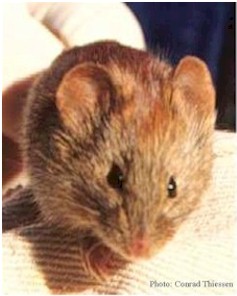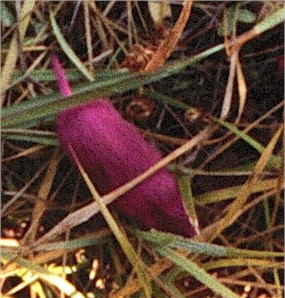
Wayne McDonald
Effects of habitat fragmentation on the movement of small mammals in Banff National Park.
email: waynem@ualberta.ca
 |
Wayne McDonald Effects of habitat fragmentation on the movement of small mammals in Banff National Park. email: waynem@ualberta.ca |
Abstract:
Animal
movement in fragmented landscapes is affected by barriers that dissect the landscape
and corridors that facilitate movement across otherwise inhospitable terrain.
To assess how animals respond to natural and artificial barriers and
how they find and use corridors, I measured the return success and path characteristics
of Microtenes that were relocated across the Trans-Canada Highway (TCH) and
the crossing structures that have been constructed to improve the permeability
of the TCH. To assess how mice
and voles perceive and respond to barriers, relocations were performed along
the TCH (an artificial barrier), a forested strip in the median of the TCH (a
natural barrier), and in the grassy verge parallel to the TCH (no barrier). Individuals were less successful in crossing manmade, artificial
barriers than natural barriers, indicating that artificial barriers may be less
permeable to movement. Additional
relocations to determine the elements that promote crossing structure use focused
on three attributes of crossing structures: structure size and composition,
the presence of cover at the entrance to structures, and the distance animals
will travel to use a structure. Small mammals tended to prefer crossing smaller, metal underpasses
that provided overhead cover. This
apparent preference for small mammals to use crossing structures that are most
closely related to their body size and have sufficient cover to provide protection
from predators may have implications for corridor efficacy for other animals
as well. Crossing structure efficacy
declined as the distance from an animal's home territory increased, which may
have important implications for the future placement of wildlife corridors in
fragmented landscapes.
 |
 |
|
Red-backed
vole
|
Fluorescent
dyed vole
|
 |
|
Fluorescent
dye trail
|